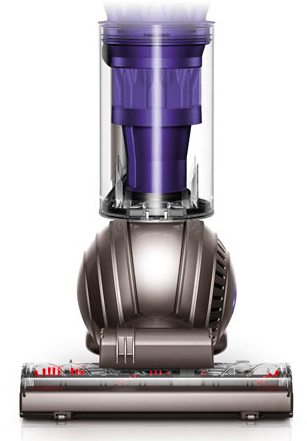U.K.-based Dyson, famous for its bagless vacuum cleaner, now wants to improve on existing robotic cleaners by making ones that can visually understand the world. The next step in that goal is a £5 million (about US $8.2 million) investment by the company into a new vision robotics lab.
A collaboration with Imperial College London, the Dyson Robotics Laboratory will focus on computer vision programs that help robots navigate in real world conditions. The funding will be matched with another £3 million from other sources.
The lab will be headed by Professor Andrew Davison, who has conducted research on ways robots can map their environment primarily through vision. Imperial College researchers have been developing a system — using an inexpensive single video camera and a wireless link to a computer — that can understand and create 3D models of the world as well as more expensive dual camera systems.
Next steps: enable a robot to recognize the shape and layout of a room and the objects in it. A robot might be able to sort and prepare dirty clothes for washing, for instance, or clear plates from a table.
Sir James Dyson noted in a statement that his generation “believed that the world would be overrun by robots by the year 2014.” Given that we are not, Dyson attributed this state of affairs to an inability to make “machines that see and think in the way that we do” rather than to a lack of mechanical or software capabilities.
Dyson, the company and the man, have been working with Imperial College on robots since 2005. In 2001, the company developed a robotic vacuum cleaner, but it was deemed too heavy and pricey for release. The new investment is only the latest in Dyson’s attempt to boost its technological chops. A £250 million funding was announced in January to double the company’s research and development.
Of course, robotic vacuum cleaners are the first commercial beachhead that the mechanical servants have already made into homes, such as iRobot’s iconic Roomba. The pet-like Roomba, however, only uses sensors to follow paths and avoid falls. It cannot tell the difference between your clean and dirty clothes.


